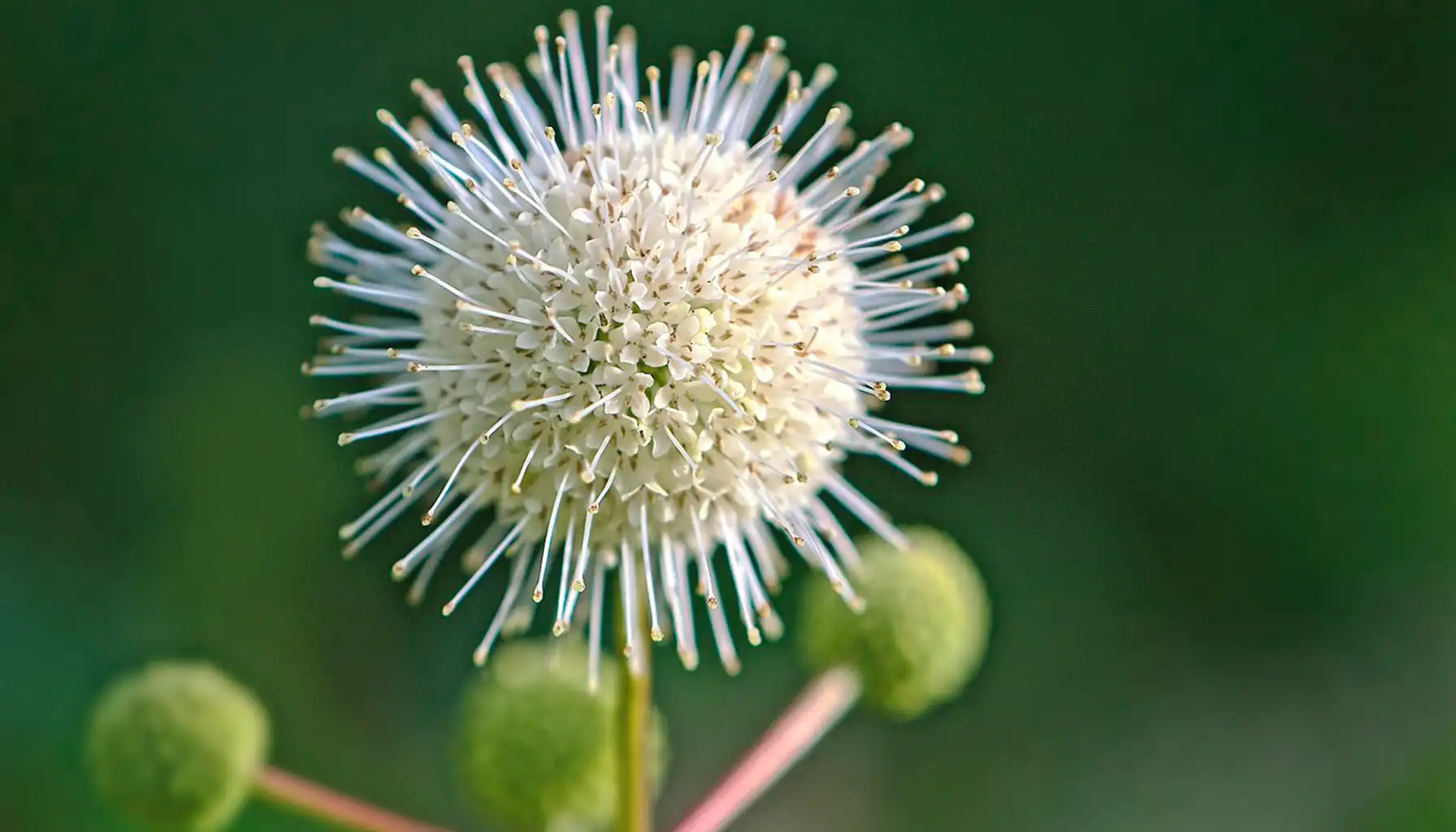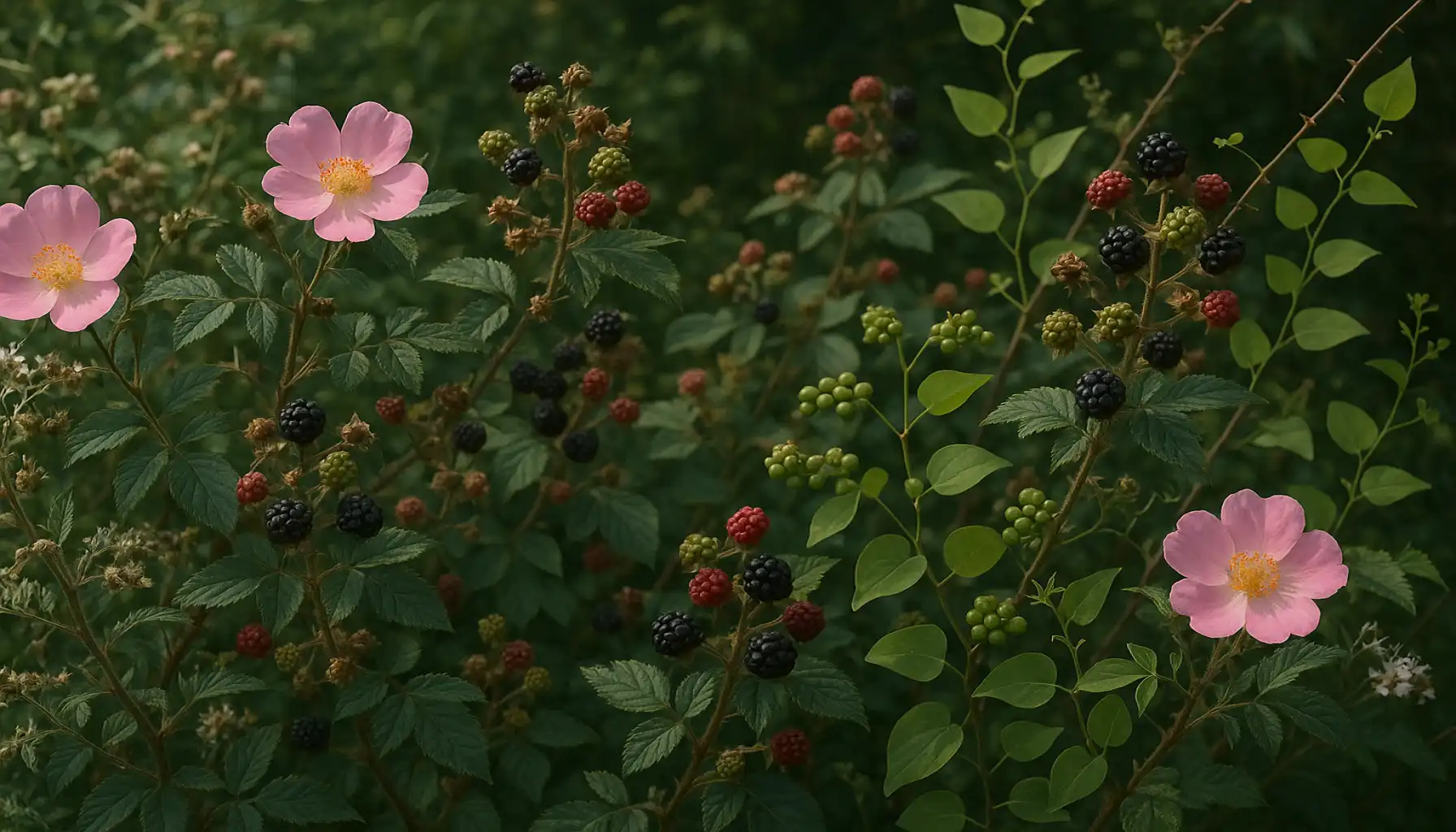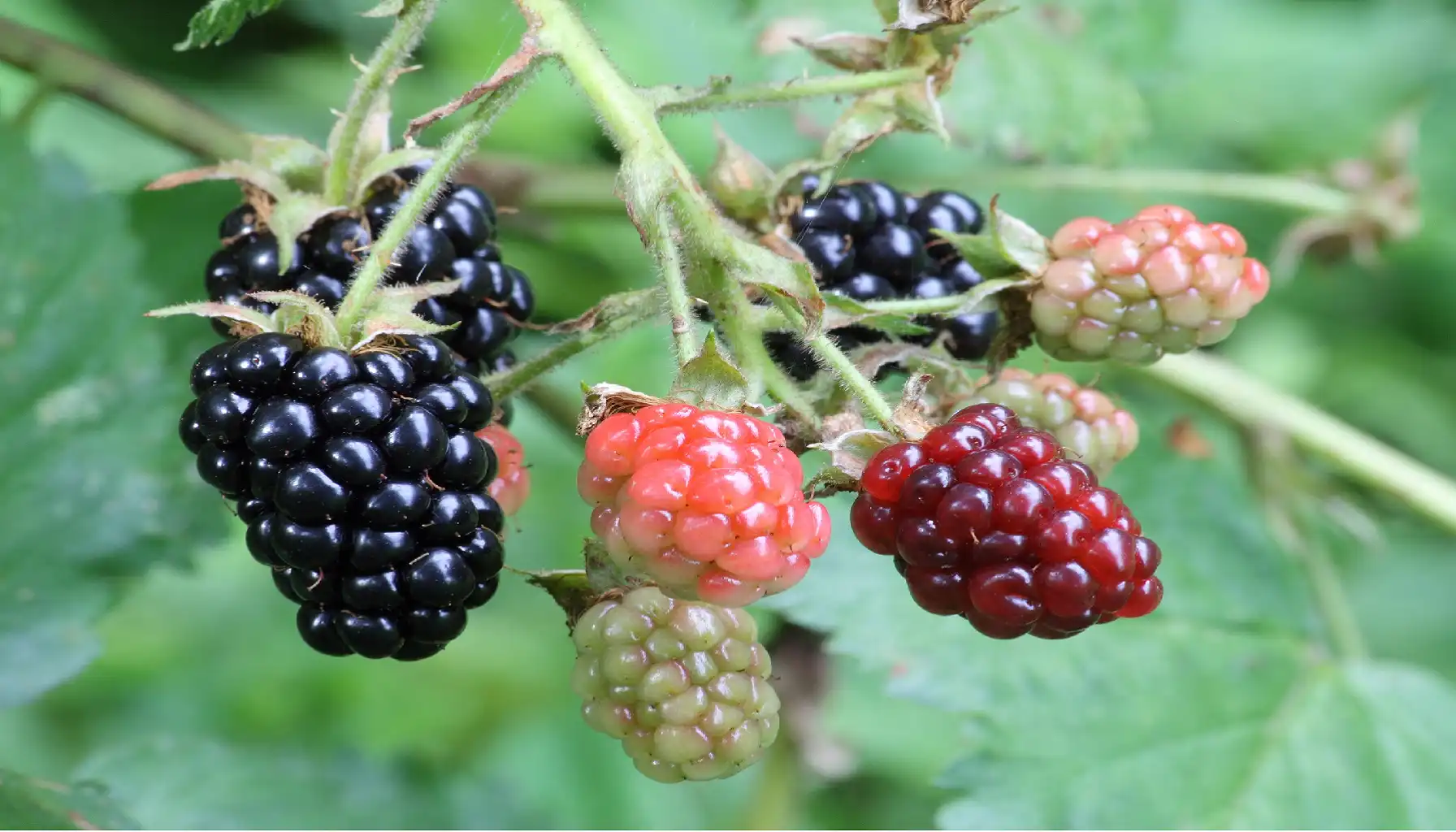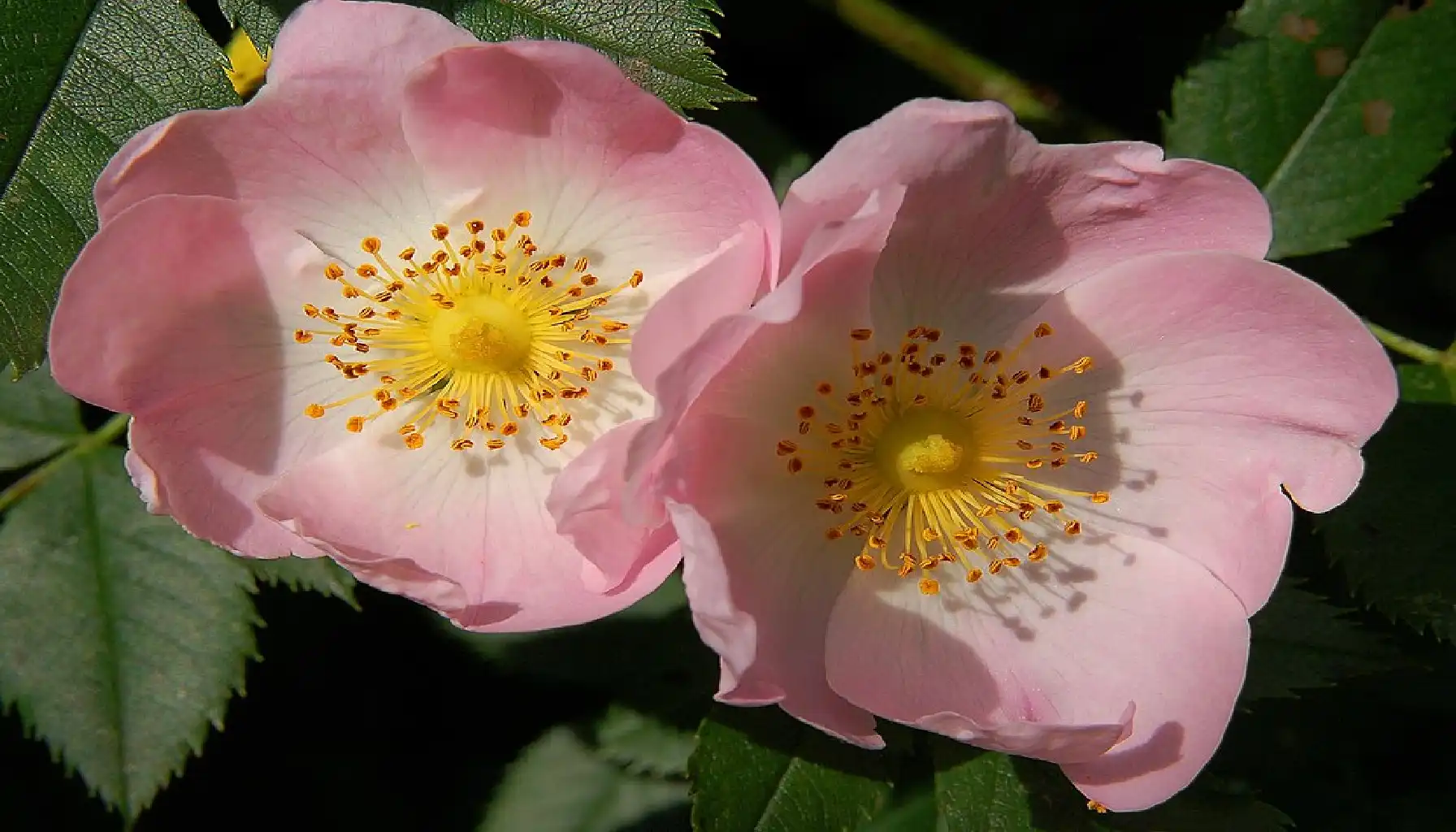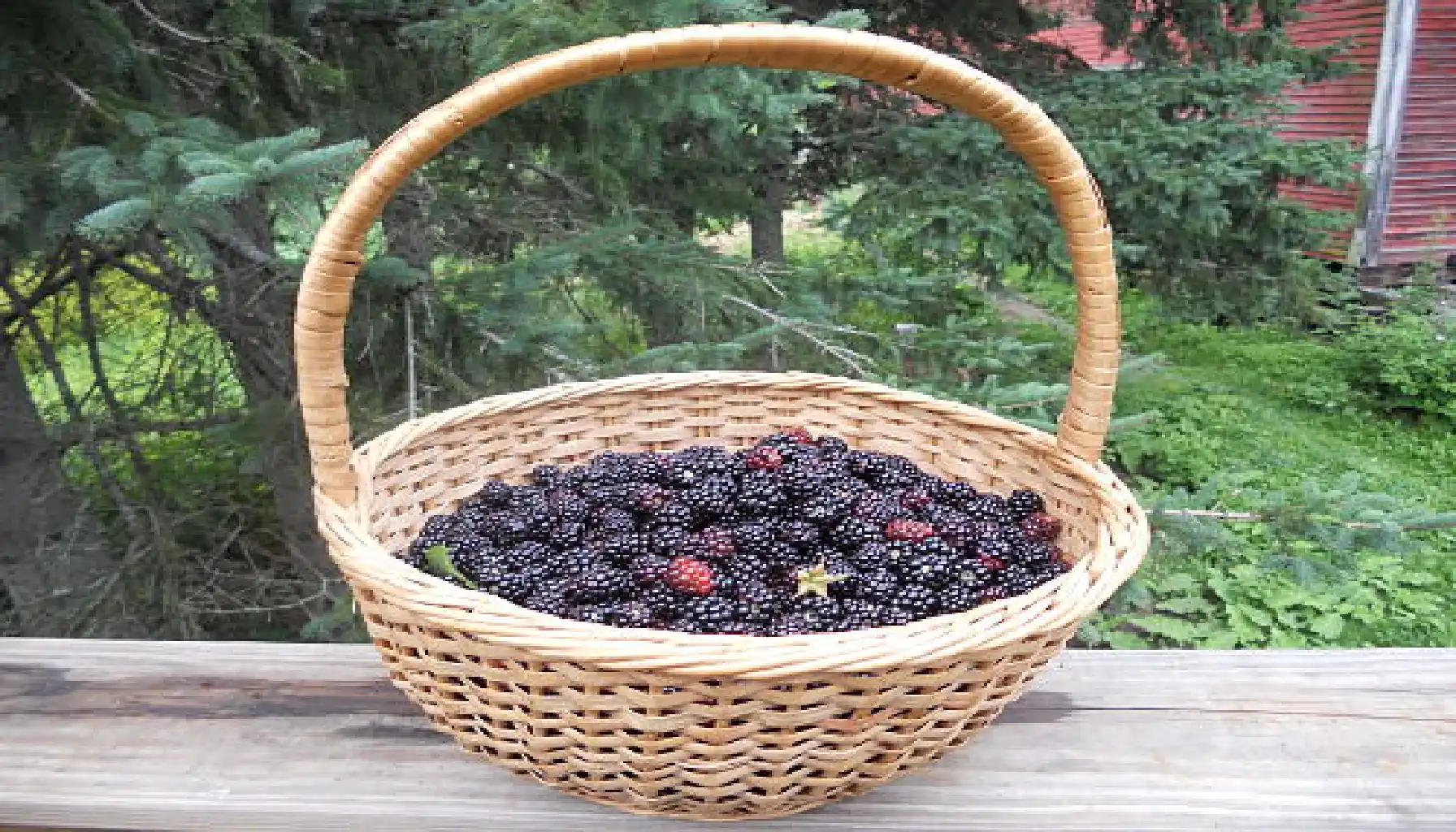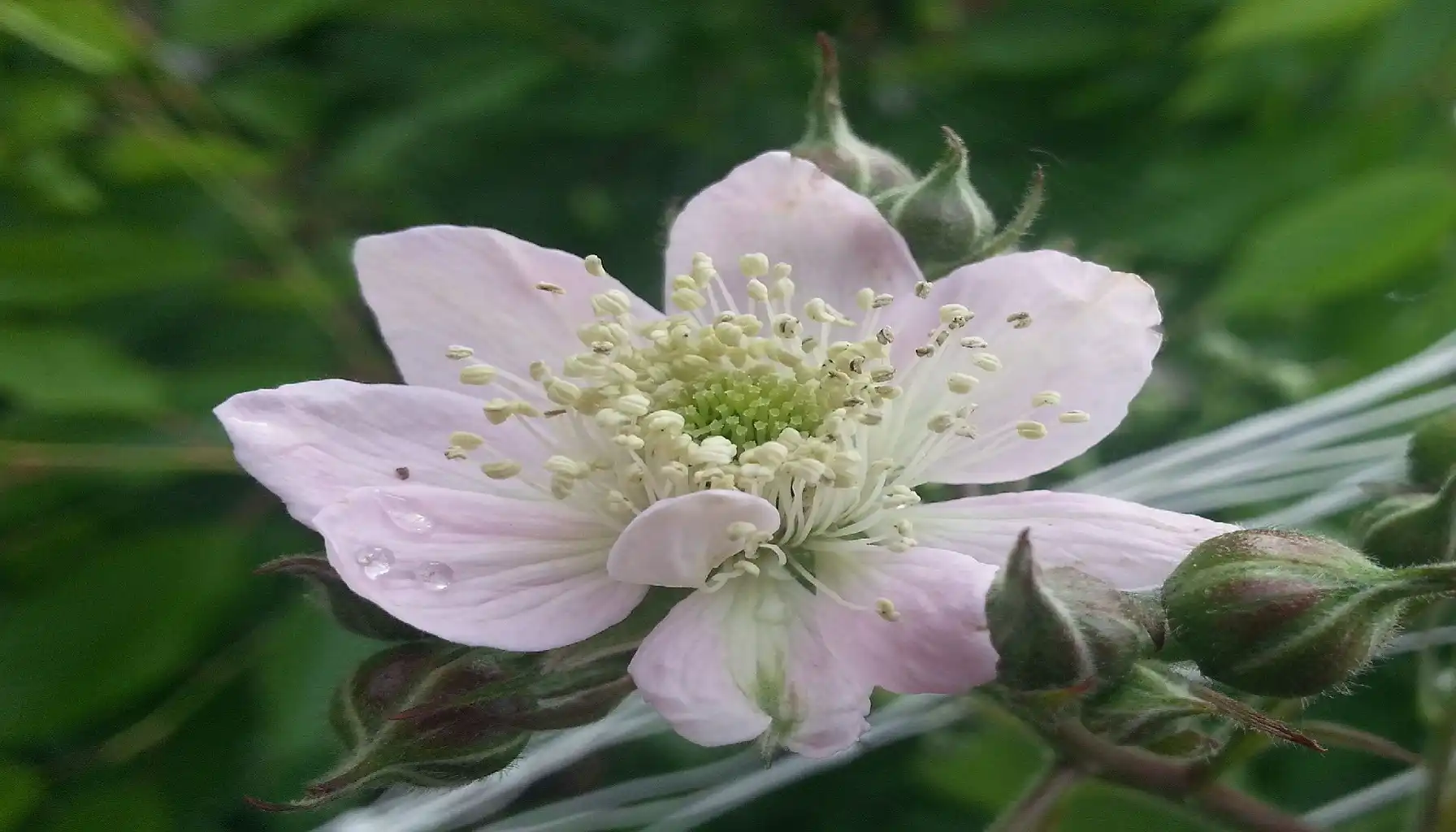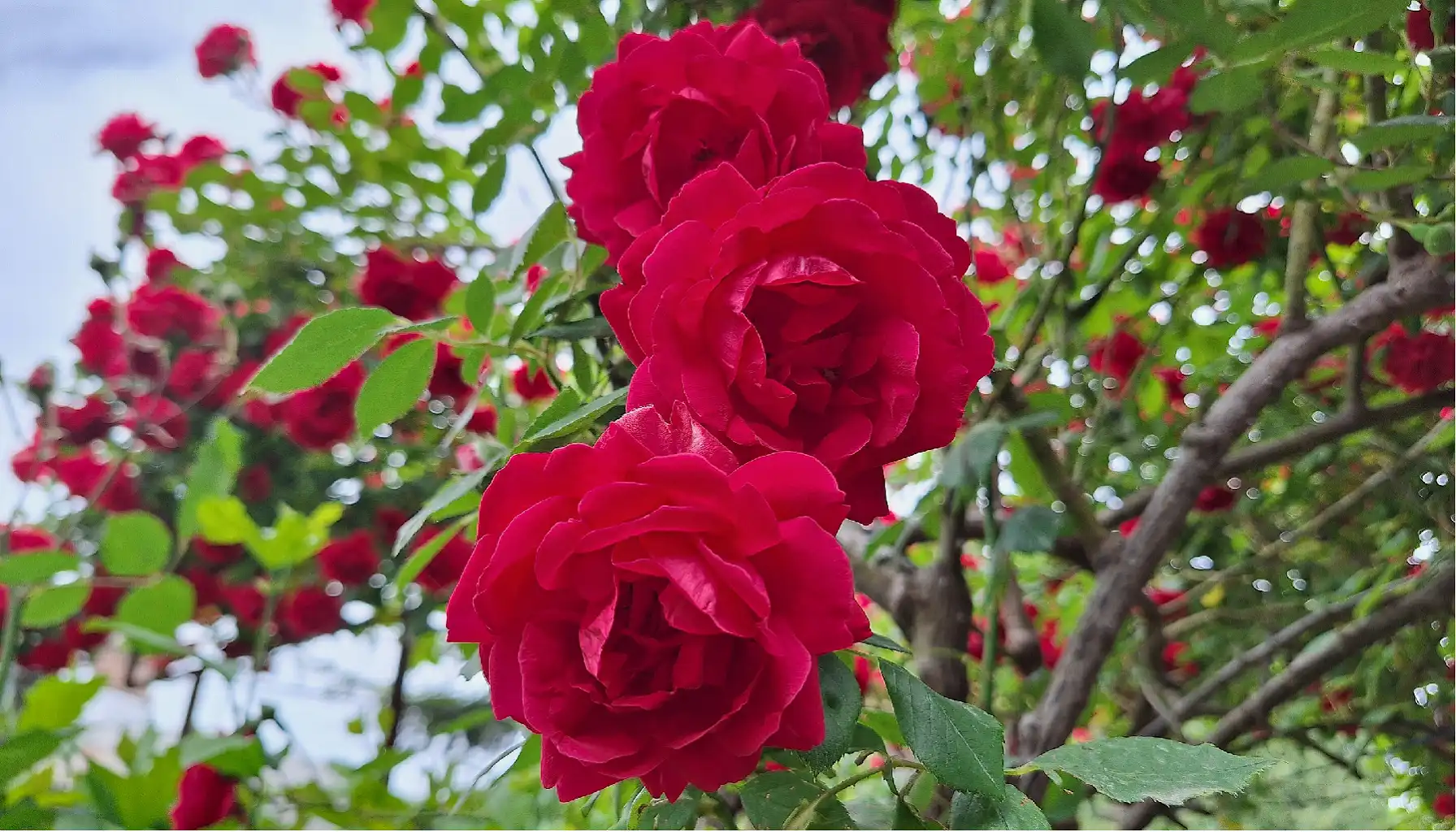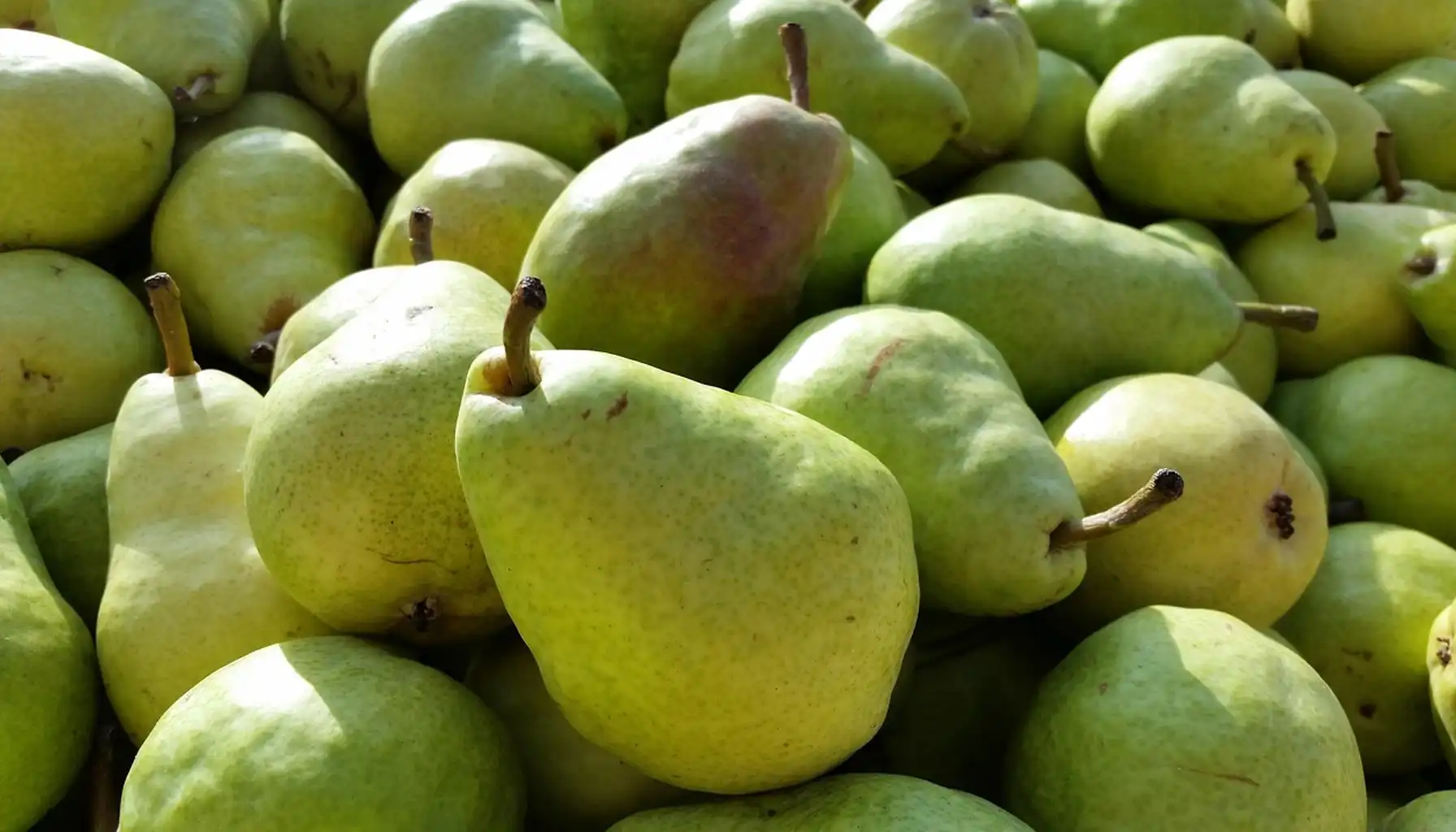.Common briar plant can be found almost anywhere, both in gardens and in the wild. But do you know that this word describes many different plants, sometimes almost unconnected? Let’s learn why you should plant briar plant, how to identify plant like this, and how it can be useful for nature and for your garden.
Botanical Background
The term "briar" (or "brier") is a common label for various thorny plants that form dense thickets, typically with strong, prickly stems designed to protect the body from herbivores. These species come from multiple genera and families, but most often the name is associated with specific groups like Rosa, Rubus, and Smilax.
Rosa (Roses): This genus includes both the popular cultivated roses and wild species such as the dog-rose briar plant (Rosa canina) and sweet briar plant (Rosa rubiginosa). These species are known for their robust thorny stems and fragrant flowers, often giving way to nutrient-rich rose hips.
Rubus (Blackberries and Raspberries): This genus encompasses the thorny, arching shrubs that produce fruits beloved by many, such as blackberries (Rubus fruticosus), raspberries, and dewberries. Learn more about blackberry, its benefits for your garden and health from our blog’s article.
Smilax (Greenbriar): Green briar plant is another well-known category, notable for their climbing, spiny stems and edible shoots. The Smilax rotundifolia, commonly known as the round-leaved greenbriar, is often found in both wild and cultivated environments.
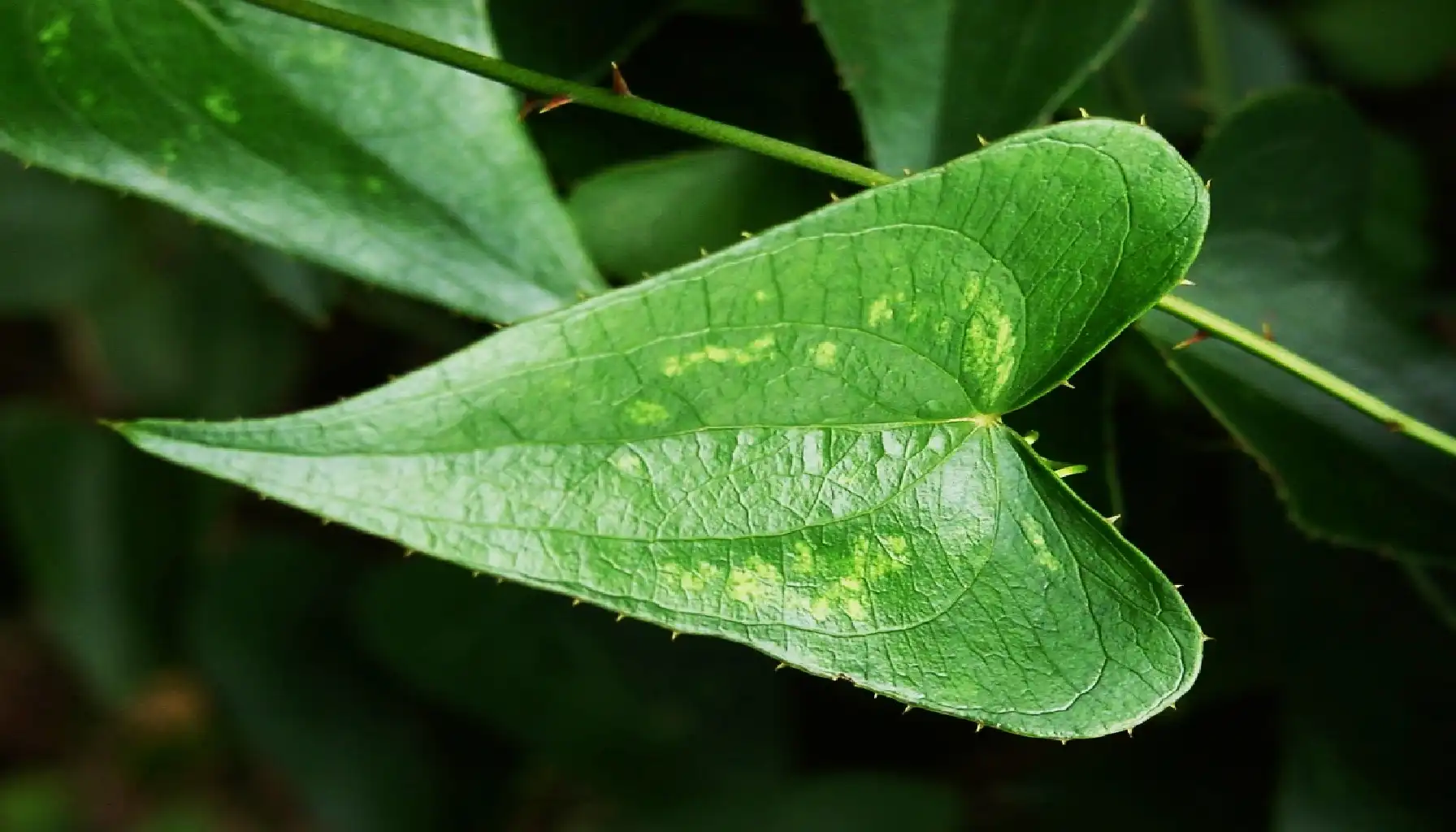
Interesting: In different parts of the world, the term "briar" can also include species from the Erica genus, which encompasses heath plants, particularly in Europe. As a result, we can see that briar bush plant can be related to many different thorny species.
Thorn Thorn Briar Plant Table
Here is an overview of some of the most well-known and widely recognized species of briar thorn plants. They are diverse in appearance, use, and growth habits, but they all share the characteristic thorny stems that make them easy to identify.
Common Name | Scientific Name | Notable Features |
Dog-rose | Rosa canina | Pale pink or white flowers, vitamin-rich rose hips used in herbal remedies |
Sweet Briar | Rosa rubiginosa | Fragrant leaves with a distinctive scent, pink flowers, round rose hips |
Blackberry | Rubus fruticosus | Edible black fruits, arching thorny stems, popular in desserts and jams |
Greenbriar | Smilax rotundifolia | Climbing stems, spiky thorns, edible shoots and leaves used in salads or cooking |
Did you know? There is a sensitive briar plant known as Mimosa nutallii — a fantastic species that makes its leaves quickly fold up (‘hide’) from a human’s touch. It is the same mechanism as Mimosa pudica has.
Briar Patch Plant Value: for Humans and Nature
Briar plants are much more than just aesthetically pleasing or thorny obstacles. They protect biodiversity, offer fruits and berries, and in general briars play a critical role in ecosystems.
1. Wildlife Habitat
Sweet briar rose plant provides essential shelter for birds, small mammals, and insects. The leaves and stems give a nesting site for birds, while the thorns deter larger predators from approaching.
Briar plants attract pollinators like bees and butterflies, who rely on their flowers for nectar. Also, the honey they make from it is tasty and full of vitamins.
The berries and rose hips provide an accessible food source for birds and mammals, especially during the colder months when other food supplies may be scarce.
2. Medicinal and Nutritional Uses
Briar plants, especially those in the Rosa genus, have long been used in traditional medicine. The rose hips of both Rosa canina and Rosa rubiginosa are rich in vitamins A, C, and E, which are known for their immune-boosting and anti-inflammatory properties.
Rose hips have been used in treating colds, flu, and digestive problems. They’re also known for their antioxidant properties. They help fight off free radicals in the body and, as a result, heal colds.
Greenbriar shoots and leaves are edible and can be used in salads, soups, or as a cooked green, offering a nutritious and wild alternative to cultivated vegetables.
Briars in general often become a material for herbal teas, healing syrups, jams, etc.
3. Culinary Uses
Briar plants, particularly the blackberry and greenbriar, also offer culinary delights. Meanwhile, the young shoots and tender leaves of greenbriar can be harvested and cooked, adding a unique flavor to salads or used as a nutritious addition to various dishes.
Blackberries are one of the most beloved edible fruits, known for their sweet, tangy taste. They are great for pies, juices, and desserts, both homemade and restaurant-quality ones.
Greenbriar leaves can be prepared much like other leafy greens, offering a wild, healthy option for adventurous eaters.
Did you know? Sometimes vegetables can grow on trees — find out how that's possible.
4. Natural Fencing and Landscaping
Structures created by briers make excellent natural fences and barriers. Their thorny stems create a formidable obstacle for animals and intruders, making them an ideal choice for property borders or wildlife gardens. Beyond their practical uses, briar plants also enhance the landscape with their colorful flowers, berries, and foliage, making them a popular choice for gardeners who value both aesthetics and functionality.
Natural hedgerows created by briers can provide both protection and beauty to a garden, especially when planted in areas where privacy or security is important.
Brier plants can be used as wildlife-friendly borders, where the primary goal is to attract and support local wildlife while maintaining a natural appearance.
Simple Briar Plant Identification
While these species are generally easy to recognize by their thorny stems, there are a few distinguishing features you can use to help identify them more specifically. For more concrete identification of species, use AI Plant Finder and learn botany in any environment.
1. Thorn Structure
One of the most noticeable characteristics of briar plants is their thorn-covered stems. The thorns can vary in shape: some are straight, while others are curved or hooked. Examine the stem carefully to see if the thorns are dense or sparse. For example, dog-roses (Rosa canina) typically have straight, needle-like thorns, while blackberries (Rubus fruticosus) feature curved, arching thorns. The presence of these sharp structures is the easiest way to identify briar plants in the wild.
2. Leaf Arrangement
The leaves of briar plants are often arranged alternately along the stem. The leaves can be compound (like the dog-rose) or simple (like the greenbriar), but they often have jagged or serrated edges. In some species, such as the sweet briar (Rosa rubiginosa), the leaves also have a distinct, aromatic scent when brushed or crushed, which can help with identification.
3. Flowers and Fruits
Most briar species bloom in the summer months, with flowers typically appearing in shades of white, pink, or purple. Rosa species often produce large, fragrant flowers, while Rubus species, like blackberries, have small, white flowers that turn into dark, juicy berries by late summer. Smilax rotundifolia, the greenbriar, has small, greenish flowers that are often hidden by the dense thorns. The fruits of briar plants are equally varied, with rose hips (from dog-roses and sweet briars) being round and red, while blackberries are deep purple or black when ripe.
4. Habitat
Briar plants are often found in disturbed areas, woodland edges, and open fields. They thrive in places with plenty of sunlight and well-drained soil. If you find yourself in an area where wildflowers and shrubs grow in abundance, there's a good chance you'll come across some briar species. They are highly adaptable and can grow in various environments, from coastal areas to the edges of forests.
AI Plant Finder Related Posts:
